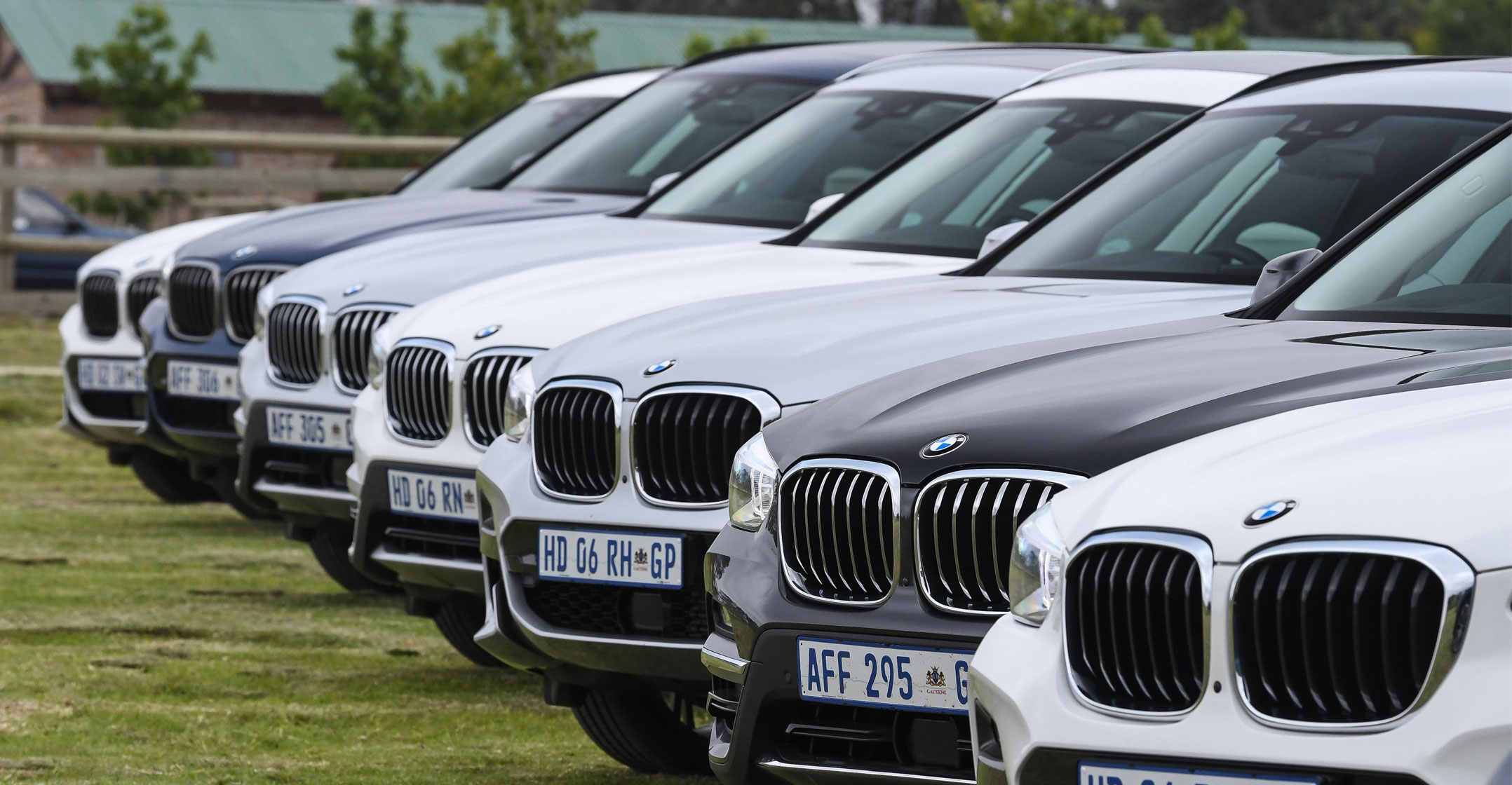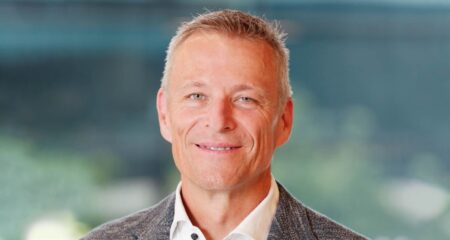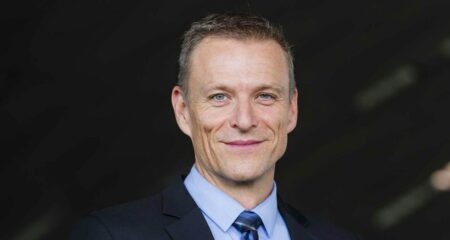
South Africa is proposing automakers including Toyota, Ford and BMW more than double production in return for tax breaks so generous that the companies can ship the cars all the way to Europe.
The car industry accounts for about 7% of South Africa’s GDP and has been one of the few highlights of a period of sluggish economic growth, according to the National Association of Automobile Manufacturers of South Africa. That can be put down to a state-incentive programme that expires at the end of 2020, which both the car makers and trade & industry minister Rob Davies are keen to extend for another 15 years.
At stake is a potential reversal of a steady flow of new investment by car makers. BMW has spent more than R6bn on a plant in Rosslyn, north of Pretoria, and last month started production of the X3 sports-utility vehicle at the site, the first time it’s been made outside the US. Volkswagen and Nissan Motor both announced major expansion plans in 2015, while China’s Beijing Automotive International is constructing an R11bn facility in the coastal city of Port Elizabeth.
With talks under way, the two parties are at odds on a number of issues — especially the state’s targets for what it wants the industry to achieve by 2035, according to Naamsa director Nico Vermeulen. A production increase over that period to 1% of global output, or as many as 1.5m vehicles a year, is overambitious, he said. South Africa produced about 600 000 units in 2017, the majority for export, and Naamsa forecasts an increase to 850 000 in 2020.
“The levels of support proposed are inadequate and insufficient to realise the ambitious targets,” Vermeulen said by phone from Pretoria. “We need internationally competitive levels of support.”
A second point of contention in the negotiations is a government demand for the automakers to double the size of their combined workforce to about 225 000, a move that would help ease South Africa’s unemployment rate of 26.7%. That’s unrealistic given the global industry’s shift toward robotics and automation, Vermeulen said. The manufacturers are committed to increasing production and employment if the incentives are adequate, he said, but are reluctant to agree to specific targets.
“What we are saying to government is: ‘Let’s work closely together on a programme that’s going to keep us active in the country,’” BMW South Africa CEO Tim Abbott said in an interview. “We are a long way from our customers,” he said, referring to export markets. “In a majority of cases we’re about 9 000km away. The logistics costs are much higher, therefore we have to make sure a programme is in place that helps us sustain our business.”
Framework
Speaking in Port Elizabeth, where Volkswagen is the biggest employer, trade & industry minister Rob Davies said he’s “more or less at the point where we will take a decision as to what the government programme will be”. There will be some changes to the present programme, such as deepening the incentives related to component manufacturing, though it will build on the present framework, he said.
Losing car makers would deliver an economic blow to South Africa, which must be careful to avoid a scenario similar to what’s unfolded in Australia, according to BMW’s Abbott. General Motors, Ford and Toyota have all closed plants in Australia over the past two years, leading to hundreds of job losses. That was mainly due to a strengthening currency and competition from lower-cost labour markets.
For the car industry’s role in the economy to be sustained, an upgrade to the existing Automotive Production and Development Programme must be seen by the car makers as a continuation of existing policy, according to Sam Rolland, an economist at Econometrix in Johannesburg.
“It’s likely that the replacement to the APDP will contain many elements similar to the current policy,” he said in an e-mailed response to questions. “This is to guarantee that car makers investing in the country are able to adequately plan production lines, production inputs and workforce requirements.” — Reported by John Bowker and Odwa Mjo, with assistance from Janice Kew and Rene Vollgraaff, (c) 2018 Bloomberg LP




